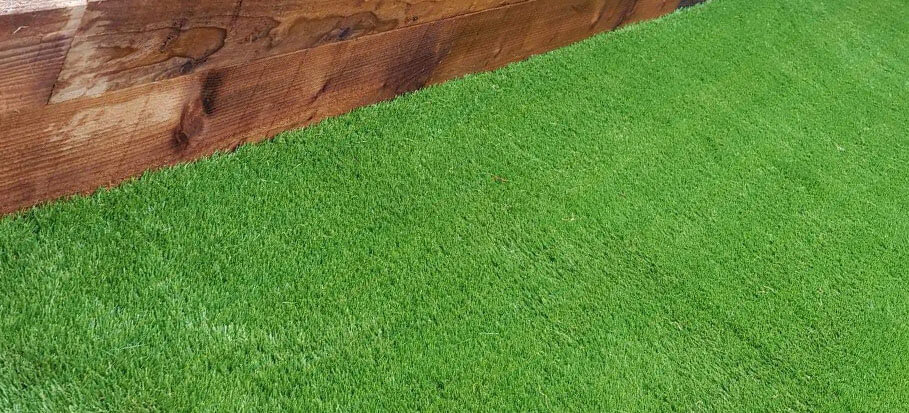Why Artificial Grass Lawn Has Drainage Problems In Vista?

- The most apparent sign of a drainage problem is the formation of puddles or standing water on your artificial grass lawn after rain or irrigation. If water doesn’t quickly drain away within a reasonable time frame, it suggests that the underlying drainage system is not functioning effectively. Prolonged water accumulation can lead to a host of problems, including reduced longevity of the artificial grass and a soggy, unusable lawn.
- A drainage problem in your artificial grass lawn can also lead to unpleasant odors. Poor drainage causes water to stagnate, promoting the growth of mold, mildew, and bacteria. The decomposition of organic matter and accumulated debris in the waterlogged areas can release foul smells. If you notice an unusual odor emanating from your lawn, it’s time to investigate the drainage system.
- Artificial grass is designed to remain vibrant and green over time. However, if you notice areas of your lawn becoming discolored, it could be a sign of drainage issues. Poor drainage can cause the backing of the artificial grass to deteriorate, leading to discoloration and fading. The trapped moisture weakens the fibers and disrupts the aesthetics of your lawn.
- Properly installed artificial grass should have a smooth and even surface. If you start noticing uneven areas or depressions on your lawn, it could indicate that water isn’t draining uniformly. These uneven patches not only compromise the visual appeal but also create tripping hazards and decrease the overall functionality of your outdoor space.
- While one of the advantages of artificial grass is reduced weed growth, a drainage issue can change that. Poor drainage can create pockets of moisture in the soil underneath the artificial grass, providing an environment conducive to weed growth. If you observe an unusual increase in weed presence on your artificial grass lawn, it’s a sign that your drainage system requires attention.
FAQs
Can I Fix Drainage Issues In My Artificial Grass Lawn Myself?
Minor drainage problems like clogs can often be addressed by clearing debris from the drainage system. However, complex issues might require professional intervention to ensure effective and long-lasting solutions.
How Can I Prevent Drainage Problems In My Artificial Grass Lawn?
Proper installation is key to preventing drainage problems. Ensure that your artificial grass is installed on a well-prepared base with appropriate grading and an efficient drainage system.
Can I Retrofit A Drainage System Into An Existing Artificial Grass Lawn?
Retrofitting a drainage system into an existing lawn can be challenging and might involve lifting and repositioning the artificial grass. Consulting with a professional is recommended to determine the feasibility and best approach.
Conclusion
Maintaining a beautiful and functional artificial grass lawn requires proper drainage. If you observe any of the signs mentioned above, it’s important to address the drainage problems promptly to prevent further damage and maintain the longevity of your artificial grass. Regular inspections and maintenance can go a long way in ensuring that your artificial grass lawn remains an attractive and enjoyable outdoor space for years to come. For more information, contact Artificial Turf Vista at (760) 316-1167.

